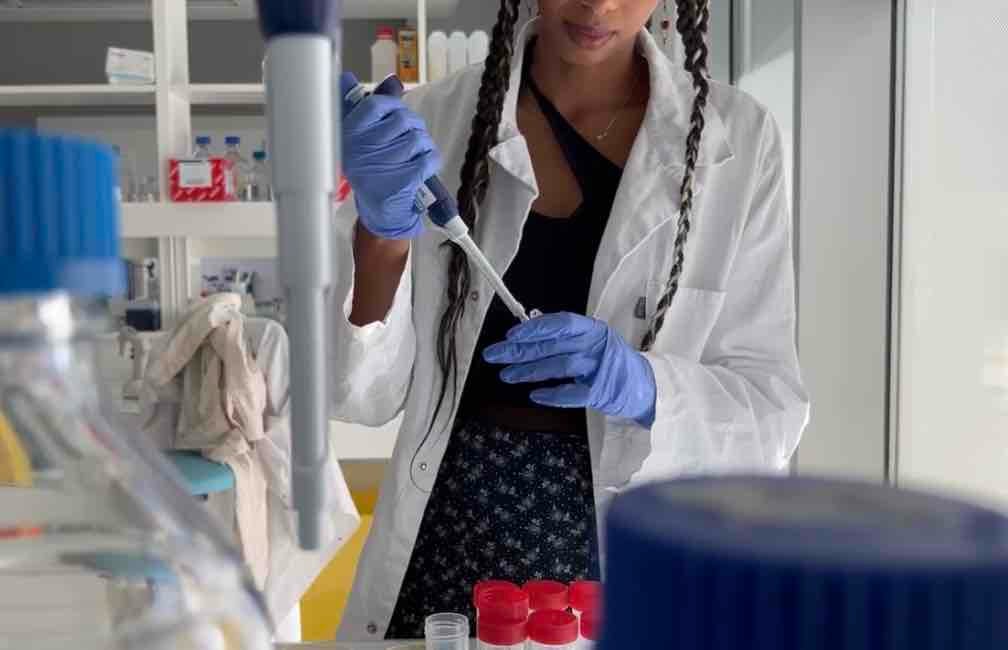0 reply
0 recast
0 reaction

“Ayan, what is it like to be a synthetic biologist?”
Imagine instead of a desk, you have this sterile table top.
For many hours, you sit at this table, hand glued to a pipette, which moves very small quantities of liquids.
Those very small quantities of liquids contain intricate fragments of DNA you have designed, which you fuse with other pieces of DNA.
After connecting all of the pieces together like a puzzle, you clone the final big piece so you have many copies.
You precisely insert some of those copies into a very tiny living thing, like bacteria.
Then you grow some of these tiny things to study how they react with this new custom DNA.
You take the rest and immortalize them in a -80 °C freezer, where they wait frozen in time for future tests.
This is one day in the life of a synthetic biologist. Each day is a new day, but many times it is the same day. The only thing different is you. As the days pass, you know slightly more. Eventually you might know enough to call it a discovery. 9 replies
3 recasts
22 reactions
1 reply
0 recast
1 reaction
0 reply
1 recast
2 reactions